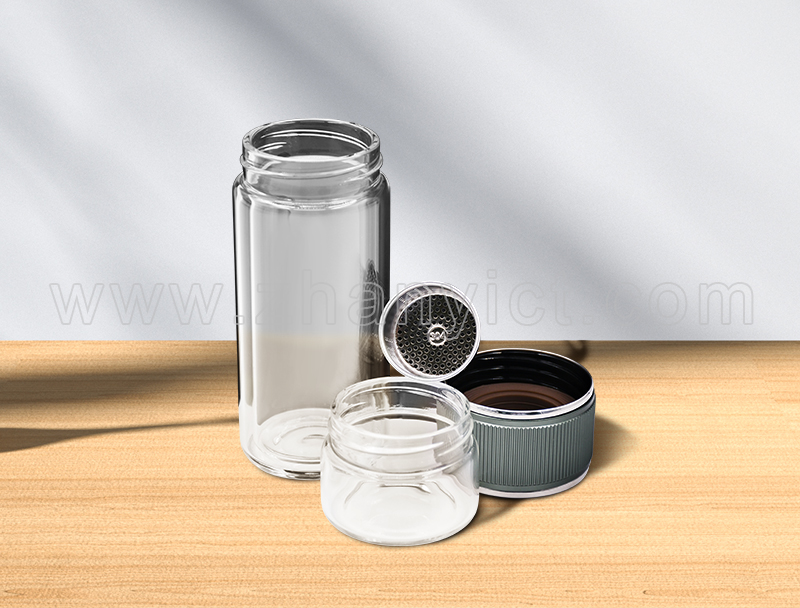An In-Depth Analysis of Glass Cup Manufacturing — Practical Q&A
Every cup tells a story, and life is filled with warmth. Hello everyone, "Dong Dong's Cup Talk" is here. Recently, due to the economic environment, I’ve had to spend more time seeking orders, which has slowed down the pace of content creation. https://www.zhanyict.com/en/ProductsDetail-OR-10023.htmlAs a result, I’ve adjusted my updating approach—after sharing analytical content, I often follow up with product showcases due to the slower update cycle. This might leave some friends feeling unsatisfied.
I deeply apologize to everyone and hope you will continue to support me as always. I will quickly readjust and, in the future, share plenty of practical and in-depth analytical content with you all. https://www.zhanyict.com/en/ProductsDetail-OR-10023.htmlAt the same time, I also need your help in terms of business opportunities. Here, I bow to you in gratitude and wish everyone prosperity and abundant wealth.
Today, I bring you an in-depth analysis of glass cup manufacturing. Through this article, I hope to help you clearly understand what materials are used to make the glass cups you currently use and how to choose the right glass cup when making a purchase in the future. https://www.zhanyict.com/en/ProductsDetail-OR-10023.htmlDue to the extensive content, I will divide it into multiple parts to share with you.
Common Production Issues:
Issue: Low borosilicate cups crack easily when hot water is poured in.
Analysis: Poor heat resistance of the material, https://www.zhanyict.com/en/ProductsDetail-OR-10023.htmlcombined with overly thick or thin wall design leading to stress concentration.
Solution: Switch to medium or high borosilicate material; optimize wall thickness transitions; strengthen annealing.
Issue: Cup rim curling is uneven or has burrs.
Analysis: Insufficient flame polishing temperature or time; mold rim wear or poor design.
Solution: https://www.zhanyict.com/en/ProductsDetail-OR-10023.htmlPrecisely control flame polishing parameters; regularly inspect/replace molds; optimize rim curling design.
Issue: High borosilicate pressed cups have surface ripples (orange peel texture).
Analysis: Low glass liquid temperature or low mold temperature resulting in insufficient fluidity.
Solution: Increase material droplet temperature; https://www.zhanyict.com/en/ProductsDetail-OR-10023.htmlpreheat molds to an appropriate temperature range.
Consumer Purchasing Confusions:
Confusion: Prices vary widely—how to judge material quality?
Answer: 1. Check labeling: Reputable brands indicate "high borosilicate" or "heat-resistant glass." 2. Feel the weight: High borosilicate is lighter and thinner for the same volume. 3. Listen to the sound: High borosilicate produces a clear, long, bell-like ring when tapped. 4. Observe clarity: High-quality glass is clearer, without cloudiness, https://www.zhanyict.com/en/ProductsDetail-OR-10023.htmlbubbles, or streaks. 5. Verify testing: Request food contact safety test reports (e.g., GB 4806.5).
Confusion: Are "tiny bubbles" in the cup a quality issue?
Answer: Minor bubbles (<1mm) in very small numbers are characteristic of glass craftsmanship and generally do not affect safety or strength. https://www.zhanyict.com/en/ProductsDetail-OR-10023.htmlDense large bubbles, impurities, or stones indicate quality problems.
Confusion: New cups have a "strange odor"?
Answer: Qualified glass itself is odorless. Odors may come from: 1. Packaging materials (cardboard, foam). 2. Printing ink (patterns on the cup). 3. Low-quality silicone/plastic parts (lids, seals)! Recommendations: https://www.zhanyict.com/en/ProductsDetail-OR-10023.htmlWash thoroughly and air out; prioritize cups without printing and with reliable collection.
Confusion: How to maintain and extend the cup’s lifespan?
Answer: 1. Avoid extreme temperature changes (do not alternate directly between ice and heat). 2. Handle gently and avoid impacts with hard objects. https://www.zhanyict.com/en/ProductsDetail-OR-10023.html3. Clean promptly; avoid strong acids, alkalis, or steel wool. 4. Confirm dishwasher compatibility if using one.
A good glass cup is a combination of materials science, craftsmanship, and practical aesthetics. As a practitioner, I firmly believe that safety, health, and user experience are paramount. When making a purchase, look beyond marketing claims and focus on material essence (high/medium borosilicate is best), https://www.zhanyict.com/en/ProductsDetail-OR-10023.html(smooth rim, uniform thickness, no stress patterns), and authoritative certifications. May everyone find that satisfying, long-lasting transparent companion.

There are stories in the cup, and life has warmth. Use the right cup and choose the right factory. We have dozens of patented cup and pot products and provide OEM services to the world. We have dozens of professional engineers who provide cup and pot product development services to the world. We have multiple complete current cup and pot product production lines to provide OEM services to the world. Dongguan Zhan Yi Commodity Technology Co.,Ltd. attaches great importance to contracts and quality. We welcome global merchants to conduct on-site factory inspections and in-depth cooperation.